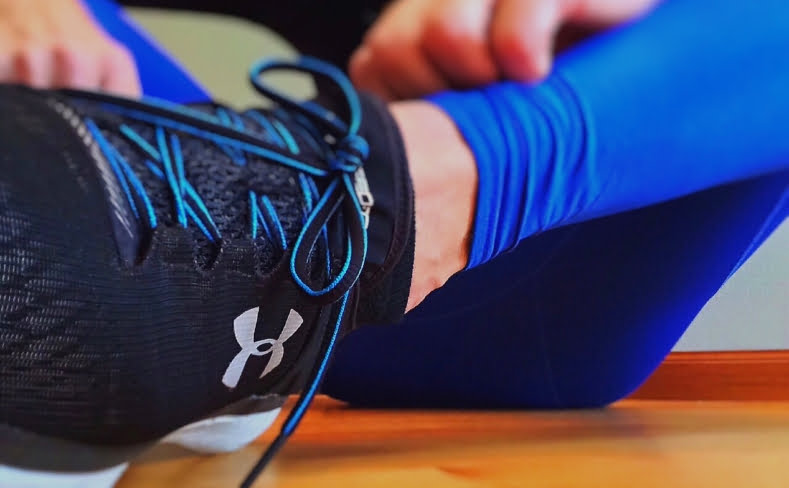Heroin Addictions – 8 Reasons Why You Should Never Quit Heroin Cold Turkey
Are you or a loved one struggling to overcome addiction and trying to quit heroin cold turkey? Heroin can create such a strong dependence that it can seem impossible to break free. Withdrawal symptoms, like vomiting, diarrhea, anxiety, tremors, body aches, and chills can make the process even more difficult.
With all these barriers standing in the way to regaining your pre-addiction life, you may start to feel unmotivated or depressed. However, there are ways that you can quit addiction and get back to living a healthy, drug-free life.
You might want to quit heroin cold turkey, but there are so many risks associated with this method. Instead, seeking professional help is the best way to ensure you safely detox and recover from your heroin addiction.
Do you want to know more? Keep reading to discover the 8 reasons why you should never quit heroin cold turkey.
1. Lack of Methadone
The process of detoxing your body from heroin can be long and awful. Withdrawal can last over a week and include a wide range of physical and emotional symptoms. Among the most common symptoms are nausea, vomiting, and anxiety.
These symptoms can make it harder for you to finish the detox process. But, by seeking professional help, you will have easier access to methadone. This can help dull these symptoms and make it easier for you to complete your detox.
2. Increased Risk of Relapse
Without proper professional help and access to methadone, many people trying to detox end up relapsing. Since taking heroin will stop all the withdrawal symptoms, 40-60% of people will relapse at some point during this process.
However, as soon as you discontinue heroin, your tolerance for it decreases. Many people are unaware of this and jump back into doing heroin at the doses they did before attempting to detox. This can lead to an increased risk of overdosing since your body doesn’t have the same tolerance it did just a few days ago.
3. Increased Risk of Dehydration or Malnutrition
Two of the most common physical withdrawal symptoms of quitting heroin are vomiting and diarrhea. What do these both have in common? They are purging your body.
In the process of trying to detox your body from heroin, you are also losing a lot of liquid. This, coupled with nausea, makes it harder for you to stay hydrated and keep food down. Because of these symptoms, you have an increased risk of suffering from dehydration during detox or malnutrition which could require hospitalization.
Quitting drugs cold turkey could put you at an increased risk for this by not having the proper professional help to ensure that you are eating and drinking enough to stay healthy during your detox process.
4. Increased Risk of Suicide and Self-Harm
While the physical symptoms may seem more frightening, there are also some terrifying psychological symptoms to quitting heroin.
You may feel more emotionally unstable while detoxing. This could lead to suicidal thoughts or self-harm. In fact, substance abuse can make you 75% more likely to commit suicide.
If you try to quit heroin cold turkey, you are putting yourself in danger. With no professionals on-call to help you combat these suicidal and self-harm feelings, you will be more likely to act on them.
However, by checking in to a rehab center, you will have access to counselors who are trained to help you handle these psychological symptoms.
5. More Likely to Partake in Risky Behaviors
But an increased risk of suicide and self-harm aren’t the only psychological side effects if you try to quit heroin cold turkey.
Many people going through detox begin to feel emotionally distraught, and their decision-making skills become clouded. Those who are not in the safe environment of a rehabilitation center, may venture out of their house and partake in risky behaviors.
Sharing needles, taking too much heroin, committing criminal acts, and getting into car accidents are all examples of risky behaviors that you may be more likely to partake in. Not only are they risky, but many could result in disease or even death.
6. Dangers of Staying the Same Environment
One risk of quitting heroin cold turkey that you may not have thought of is the danger of staying in your own home.
Staying at home while detoxing can make it harder to stay clean as you probably associate it with where you’ve done heroin before. The best way to successfully detox is to take yourself out of the environment and away from the people you associate heroin with.
7. Less Support and Professional Help
One consequence of heroin addiction is strained relationships with family and friends. However, when trying to detox and recover from addiction, it’s vital that you have the proper support.
All the of negative side effects we’ve listed above can make quitting heroin cold turkey impossible to do on your own. You will need someone to help you avoid drugs, stay hydrated, and make sure you stay safe during this process.
While you may have family and friends who are willing to help, it’s always best to seek professional help. Your family and friends will be a great support system to help you while you’re in rehab, but they have likely never dealt with withdrawal symptoms.
The professional help that’s available at rehab centers can help ensure that you successfully detox and stay safe while doing it.
8. Less Likely to Seek Long-Term Help
Detoxing may seem like the biggest hurdle to overcome on your quest to get clean and stay clean.
However, it’s just as important to partake in a long-term aftercare program. In fact, people who detox from heroin but don’t try to address their underlying substance abuse issues have almost a 100% chance of relapsing.
People who quit heroin cold turkey are less likely to seek these vital aftercare programs.
Instead, detoxing in a rehab center will give you the motivation to continue your journey to sobriety with either an inpatient or outpatient program to address your problem and learn how to deal with it in your daily life.
Should You Quit Heroin Cold Turkey?
Quitting heroin is a long and difficult process that simply can’t be done alone. When you quit heroin cold turkey, you have an increased risk of relapsing, overdosing, becoming dehydrated or malnourished, committing suicide, partaking in risky behaviors, and failing to seek long-term help.
Instead, you should seek professional help where you can have access to methadone, trained counselors, and a safe environment to ensure you successfully detox. To find addiction help near you contact us at (855) 976-2092.
Did you find this article helpful? Check out our detox blog page for more informative blogs such as this one.
Sources
[1] Dehydration – Symptoms and causes. (2018, February 15). Retrieved from https://www.mayoclinic.org/diseases-conditions/dehydration/symptoms-causes/syc-20354086 [2] Drug Addiction as Risk for Suicide Attempts. (2015). Retrieved from https://www.ncbi.nlm.nih.gov/pmc/articles/PMC4499285/#






